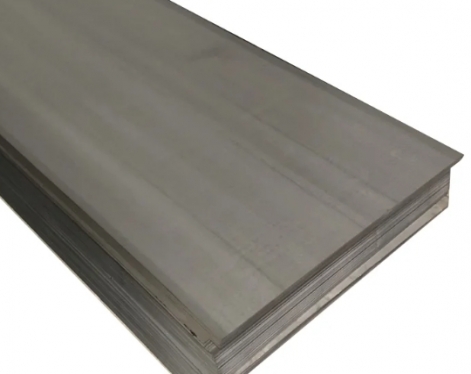The seamless steel pipes are mostly medium and high-carbon alloy steels. After quenching, some of the subcooled austenite has not been transformed into martensite, and it remains in use as retained austenite, which affects the performance. If it is placed below zero to continue cooling, it can promote the martensite transformation of retained austenite. Therefore, the essence of cold treatment is to continue quenching. The quenching stress at room temperature and the quenching stress at zero are superimposed, and cold treatment cracks are formed when the stack response force exceeds the strength limit of the material.
Precaution:
After the seamless steel pipe is quenched and cold treated, the seamless steel pipe is boiled in boiling water for 30-60 minutes, which can eliminate 15%-25% of the internal quenching stress and stabilize the retained austenite, and then perform conventional cold treatment at -60 degrees Celsius, or- Cryogenic treatment at 120 degrees Celsius, the lower the temperature, the more retained austenite is transformed into martensite, but it is impossible to complete the transformation. Experiments show that about 2%-5% of retained austenite remains, and a small amount of residual austenite remains as needed. The austenite can relax the stress, and its buffering effect, because the retained austenite is soft and tough, it can partially absorb the martensitizing rapid expansion energy and relax the transformation stress.
Tips:A106 pipe is formulated specifically for high-temperature and high-pressure service, usually in power generation applications. High-pressure, high-heat service environments put added stress on pipe, so seamless pipe types are preferred in those settings since they’re at less risk of failure under stress than their welded counterparts.
Precaution:
After the seamless steel pipe is quenched and cold treated, the seamless steel pipe is boiled in boiling water for 30-60 minutes, which can eliminate 15%-25% of the internal quenching stress and stabilize the retained austenite, and then perform conventional cold treatment at -60 degrees Celsius, or- Cryogenic treatment at 120 degrees Celsius, the lower the temperature, the more retained austenite is transformed into martensite, but it is impossible to complete the transformation. Experiments show that about 2%-5% of retained austenite remains, and a small amount of residual austenite remains as needed. The austenite can relax the stress, and its buffering effect, because the retained austenite is soft and tough, it can partially absorb the martensitizing rapid expansion energy and relax the transformation stress.
Tips:A106 pipe is formulated specifically for high-temperature and high-pressure service, usually in power generation applications. High-pressure, high-heat service environments put added stress on pipe, so seamless pipe types are preferred in those settings since they’re at less risk of failure under stress than their welded counterparts.









